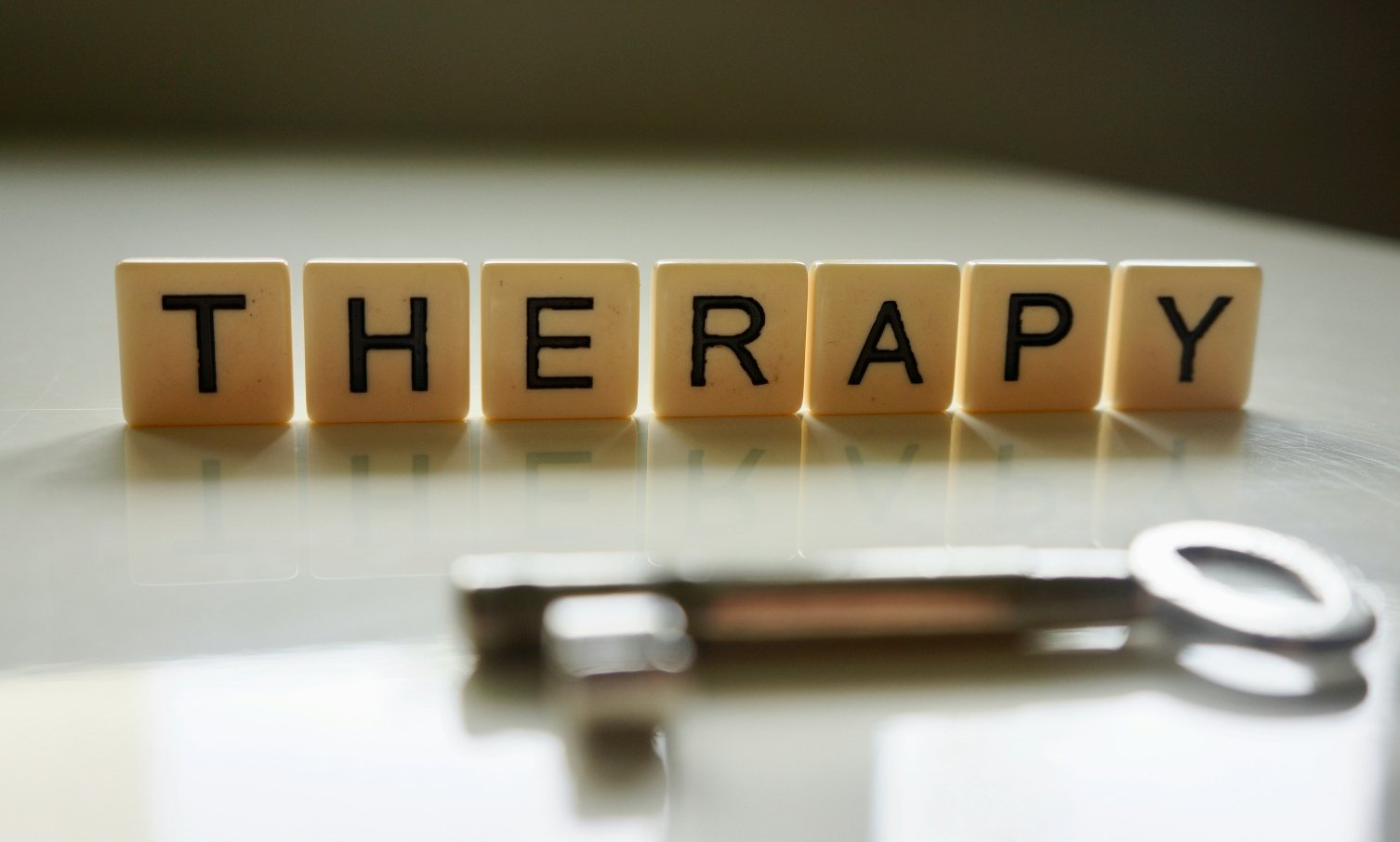Menopausal Depression Is Real: Science, Symptoms & Solutions
Reading time 9 min

Reading time 9 min

Menopausal depression symptoms aren’t just “in your head.” They have a real biological basis rooted in shifts in hormone levels and neurotransmitter activity. Studies show that fluctuating estrogen and progesterone can alter serotonin, cortisol, and other chemical messengers responsible for emotional regulation1, 2.
Add in common midlife stressors like career transitions, family responsibilities, and aging parents, and it’s easy to see why many women feel emotionally stretched. The good news? With the right strategies—ranging from hormone therapy to lifestyle tweaks—most women can find ways to ease these psychological challenges and regain a sense of emotional balance.
What are the symptoms of menopausal depression?
Menopausal depression symptoms include persistent sadness, fatigue, irritability, low motivation, sleep disturbances, and difficulty concentrating. These are caused by hormonal changes, especially fluctuating estrogen levels, which affect mood-regulating brain chemicals like serotonin and dopamine.
I cover most significant symptoms and management tools in detail in separate articles under Healthy Body & Mind and Exercise & Nutrition.
Menopausal depression isn’t just “feeling down.” It’s a persistent feeling of sadness, lack of interest in activities, or feelings of worthlessness that can last for weeks or months. For many women, depression emerges for the first time during perimenopause. For others, pre-existing depressive episodes may worsen.
The meta-analyses show that a significant number of perimenopausal and postmenopausal women (between 20-60%) struggle with depression3, 4. Women face twice the risk of developing depression compared to men over their lifetime, with the likelihood rising sharply after menopause5.
“Menopausal depression is deeply rooted in biology, driven by hormonal fluctuations and disrupted neurochemical balance in the brain. Layered onto this are increased everyday stresses, which create a perfect storm for depressive symptoms.”
Estrogen works hand-in-hand with serotonin and norepinephrine, the neurotransmitters in the brain that are most related to the physiologic cause of depression6. Estrogen and progesterone levels alone don’t differentiate a woman with depression from one without it.
Studies show that women with depression during perimenopause or postmenopause don’t exhibit abnormal hormone levels7. Instead, some women seem predisposed to mood disturbances triggered by hormonal fluctuations. This group often includes women with a history of mood disorders or premenstrual and postpartum mood-related symptoms.
The risk of depression is highest during perimenopause, when hormone levels are in flux, compared to postmenopause, when estrogen and progesterone levels remain low but stable6.
Physical health plays a significant role in menopausal depression, as this period often coincides with the emergence of chronic health conditions and reduced physical activity8. The onset of issues like arthritis, cardiovascular disease, or metabolic syndrome can amplify feelings of vulnerability and decrease quality of life, contributing to depressive symptoms9.
Obesity, which is closely linked to menopause due to hormonal shifts and changes in body composition, is also a key factor. Studies highlight a complex relationship between obesity, menopause, and depression, suggesting these conditions may interact to create a cycle of physical and emotional strain3.

Life challenges are significant contributors to menopausal depression, often adding layers of complexity to the hormonal and physical changes women experience. Lack of social support, marital status, and life stressors—like caring for aging parents, children leaving home, or career transitions—can amplify emotional strain during this period.
Factors such as educational level and financial stability also play a role in influencing a woman’s ability to cope with stress and access mental health resources. Even demographic factors, such as ethnicity and partner status, can shape how women navigate this transition. These stressors often converge during menopause, creating a perfect storm for depression to take hold, especially when coupled with the emotional challenges that hormonal fluctuations bring10, 11.
Research shows a link between menopause-related inflammation and depression. Inflammation, measured by markers like C-reactive protein (CRP), is associated with higher rates of depressive symptoms, especially in women facing high levels of stress.
A pro-inflammatory diet also raises the risk of depression, with stronger effects seen before menopause. Additionally, inflammation during menopause has been tied to more severe depressive symptoms and physical complaints, highlighting its role in overall menopausal health12, 13.
Finding the right support for menopausal depression isn’t one-size-fits-all. The good news is, there are several effective treatment options that can be tailored to your needs and symptoms. Let’s explore the most widely used strategies and how they work.
Hormone Replacement Therapy (HRT), while not specifically approved for depression, can help reduce depressive symptoms in perimenopausal women, particularly those with vasomotor symptoms like hot flashes.
Estradiol, a key component of HRT, works by restoring hormone levels that support serotonin and dopamine, which are critical for mood regulation. Studies show it is especially effective for women experiencing first-onset depression during perimenopause. However, its effectiveness in postmenopausal women is less consistent and may vary depending on your individual factors.

Antidepressants are commonly used to manage depressive symptoms in menopausal women, with selective serotonin reuptake inhibitors (SSRIs; for example, Paroxetine (Brisdelle, Paxil)) and serotonin-norepinephrine reuptake inhibitors (SNRIs; for example, Venlafaxine (Effexor)) being the most prescribed.
Side effects such as nausea and reduced libido may also limit their use. Response to antidepressants can vary depending on the menopausal stage, with postmenopausal women often showing a poorer response compared to those who are perimenopausal. This highlights the importance of tailoring treatment to your individual needs14, 15.
“Estrogen isn’t just a hormone; it’s a mood master––the brain’s “feel-good” neurotransmitter.”
Cognitive-behavioral therapy (CBT) and mindfulness-based stress reduction (MBSR) are effective tools for managing mild depression during menopause. CBT not only eases depressive symptoms but also tackles menopause-specific issues like hot flashes, sleep disturbances, and sexual concerns, with benefits that can last over time.
MBSR focuses on reducing stress and anxiety, improving resilience, and enhancing sleep quality, often outperforming traditional psychoeducation in managing emotional symptoms. I’m a big proponent of mindfulness-based therapies and have experienced positive outcomes myself.
Psychotherapy, as a broader category, remains a front-line treatment for perimenopausal depression. It offers a space to process emotions and develop coping strategies, making it an invaluable option for women navigating this transitional phase.
Together, these therapies provide practical, non-pharmacological approaches to improving mental health during menopause16, 17.
Lifestyle approaches play a crucial role in managing depression during perimenopause and postmenopause.
These approaches work best as part of a comprehensive plan to support emotional and physical health during this transitional phase14, 18.
Estrogen isn’t just a hormone; it’s a mood master––the brain’s “feel-good” neurotransmitter. It helps boost serotonin production by increasing the activity of the enzyme responsible for making it. Estrogen also enhances serotonin receptor sensitivity, making serotonin more effective at stabilizing mood.
Additionally, it regulates serotonin transport, ensuring balanced levels between brain cells. This intricate connection helps explain why declining estrogen during menopause can lead to mood swings, irritability, and depression.
Menopausal depression isn’t just another challenge to “push through.” It’s a complex mix of biological, physical, and emotional factors that converge during one of the most transformative stages of life.
The hormonal shifts of perimenopause disrupt brain chemistry in profound ways, impacting mood-regulating systems like serotonin and dopamine. Add to that the stress of life changes—whether it’s caring for aging parents, career shifts, or physical health challenges—and it’s no surprise that depression feels overwhelming for so many women.
For me, the key has always been understanding the science behind the symptoms. Knowing that depression during menopause has real biological roots makes it easier to approach with empathy and practicality. The tools we have today—from HRT to cognitive-behavioral therapy to lifestyle changes—offer hope and tangible ways to regain balance. While no single approach works for everyone, it pays off to find what works for you.
Most importantly, we need to move past the idea that menopausal depression is “just a phase” or something we should endure in silence. It’s real, it’s manageable, and with the right support, it’s possible to feel whole again.
Dr. Jūra Lašas
1.
Toffoletto, S. et al. Emotional and cognitive functional imaging of estrogen and progesterone effects in the female human brain: A systematic review. (2014) https://doi.org/10.1016/j.psyneuen.2014.07.025
2.
Steiner, M. et al. Hormones and mood: from menarche to menopause and beyond.. (2003) https://doi.org/10.1016/S0165-0327(02)00432-9
3.
Li, J. et al. Prevalence and associated factors of depression in postmenopausal women: a systematic review and meta-analysis. (2024) https://doi.org/10.1186/s12888-024-05875-0
4.
Jia, Y. et al. Global prevalence of depression in menopausal women: A systematic review and meta-analysis. (2024) https://doi.org/10.1016/j.jad.2024.05.051
5.
Kuehner, C. Why is depression more common among women than among men? Lancet Psychiatry. (2017) https://doi.org/10.1016/S2215-0366(16)30263-2
6.
Steiner, M. et al. Hormones and mood: from menarche to menopause and beyond. (2003) https://doi.org/10.1016/s0165-0327(02)00432-9
7.
Stewart, D. et al. A clinician’s guide to menopause. (1997) https://archive.org/details/cliniciansguidet00wash
8.
Kim, H. et al. Associations between Smoking, Alcohol Consumption, Physical Activity and Depression in Middle-aged premenopausal and postmenopausal women. (2021) https://doi.org/10.3389/fpsyt.2021.761761
9.
Timur, S. et al. The prevalence of depression symptoms and influencing factors among perimenopausal and postmenopausal women. (2010) https://doi.org/10.1097/gme.0b013e3181cf8997
10.
Llaneza, P. et al. (2012). Depressive disorders and the menopause transition. (2012) https://doi.org/10.1016/j.maturitas.2011.11.017
11.
Kaufert, P. et al. The Manitoba Project: a re-examination of the link between menopause and depression. (1992) https://doi.org/10.1016/0378-5122(92)90006-P
12.
Metcalf, C. et al. Depressed, stressed, and inflamed: C-reactive protein linked with depression symptoms in midlife women with both childhood and current life stress. (2023) https://doi.org/10.1002/smi.3313
13.
Korpe, B. et al. Systemic inflammation and menopausal symptomatology: insights from postmenopausal women. (2024) https://doi.org/10.1097/GME.0000000000002433
14.
Stute, P. et al. Management of depressive symptoms in peri- and postmenopausal women: EMAS position statement. (2019) https://doi.org/10.1016/j.maturitas.2019.11.002
15.
Wu, C. et al. Antidepressants during and after Menopausal Transition: A Systematic Review and Meta-Analysis. (2020) https://doi.org/10.1038/s41598-020-64910-8
16.
Green, S. et al. Cognitive behavior therapy for menopausal symptoms (CBT-Meno): a randomized controlled trial. (2019) https://doi.org/10.1097/GME.0000000000001363
17.
Maki, P. et al. Guidelines for the Evaluation and Treatment of Perimenopausal Depression: Summary and Recommendations. (2019) https://doi.org/10.1089/jwh.2018.27099.mensocrec
18.
Gamus, D. Complementary and integrative medicine approach for climacteric disorders. (2017) https://doi.org/10.1016/j.eurpsy.2017.01.1847